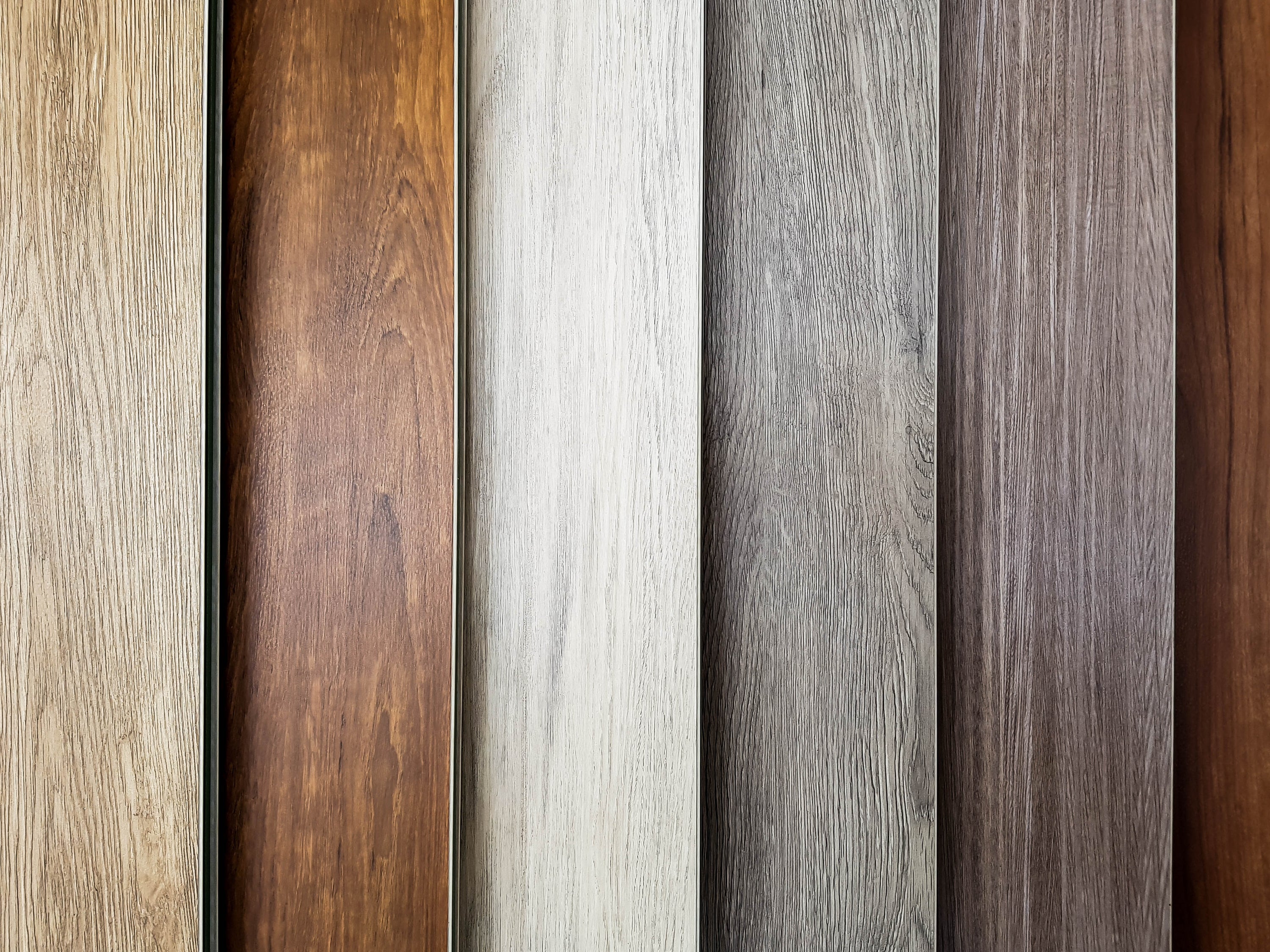When it comes to constructing or renovating a house, the quality and durability of the subfloor cannot be overlooked. The subfloor provides a stable foundation for the floors above, ensuring longevity and preventing issues such as unevenness or squeaks. One crucial consideration in subfloor construction is the number of plywood layers required to achieve optimal strength and stability. In this blog, we will explore the factors that influence the number of layers of plywood needed for a subfloor, providing valuable insights for homeowners and contractors alike.
Understanding the Purpose of a Subfloor
Before discussing the number of plywood layers necessary for a subfloor, it's essential to understand the purpose it serves. The subfloor acts as a structural layer that supports the weight of the floor covering as well as the furniture and occupants above it. It also helps to distribute loads evenly across the floor, preventing deflection and sagging.
Assessing the Load and Span Requirements
Load Considerations
A subfloor's load-bearing capacity depends on the building's intended use and location. For residential buildings, the subfloor should support loads from normal foot traffic, furniture, and other household activities. On the other hand, commercial buildings may have higher load requirements due to heavier equipment or foot traffic.
Span Considerations
The span refers to the distance between the supporting beams or joists beneath the subfloor. Longer spans may require additional support to prevent excessive flexing or sagging. It's crucial to consult local building codes and guidelines to determine the acceptable span for your region.
Plywood Grades and Thickness
Plywood Grades
Plywood is available in grades ranging from A to D, with Grade A being the highest quality. For subfloor applications, a minimum Grade C-D is recommended. This grade ensures the plywood has minimal knots, voids, or other imperfections that could weaken the subfloor's strength.
Plywood Thickness
The most common plywood thicknesses for subfloors are 3/4-inch and 5/8-inch. Deciding on the appropriate thickness depends on the span and expected load on the subfloor. Generally, 3/4-inch plywood is suitable for most residential applications, while 5/8-inch plywood may be sufficient for shorter spans or lighter loads.
Single-Layer vs. Double-Layer Subfloor
Single-Layer Subfloor
In some cases, a single layer of plywood may suffice for subfloor construction, especially in areas with minimal load requirements. However, factors such as span and intended use should be evaluated carefully before opting for a single-layer subfloor. Alternative solutions like joist strengthening or thicker plywood should be considered if additional support is necessary.
Double-Layer Subfloor
For added strength and stability, a double-layer subfloor is often recommended. In this configuration, two layers of plywood are installed, with the top layer offset from the seams of the bottom layer. By staggering the seams, the subfloor's overall strength is enhanced, reducing the risk of deflection or squeaks. A double-layer subfloor is especially beneficial for high-traffic areas or locations that may experience heavy loads.
Addressing Uneven Subfloors
Underlayment and Floor Leveling
In cases where the existing subfloor has minor imperfections or unevenness, using an underlayment can help address the issue. Underlayment materials such as cement boards or self-leveling concrete can be installed over the subfloor to create a smooth and level surface for the floor covering. This added layer compensates for any minor irregularities and enhances the overall stability of the flooring system.
Contact Us Today
When it comes to your flooring and wall product needs, trust From The Forest to deliver exceptional quality, ethical standards, and accessible pricing. At From The Forest, we offer an extensive range of exquisite flooring and wall products that are beautiful, durable, and environmentally conscious. Take the first step towards transforming your living space and explore our wide selection of flooring options.


